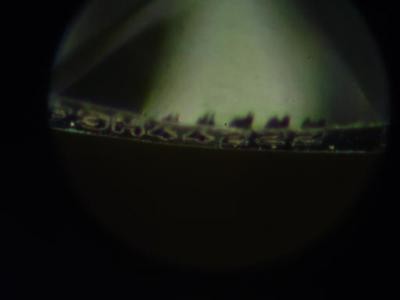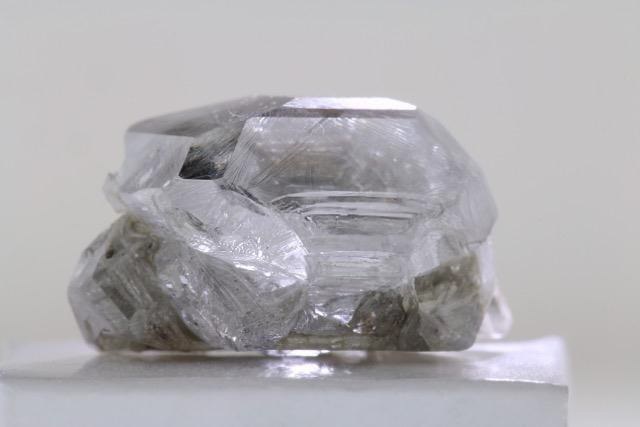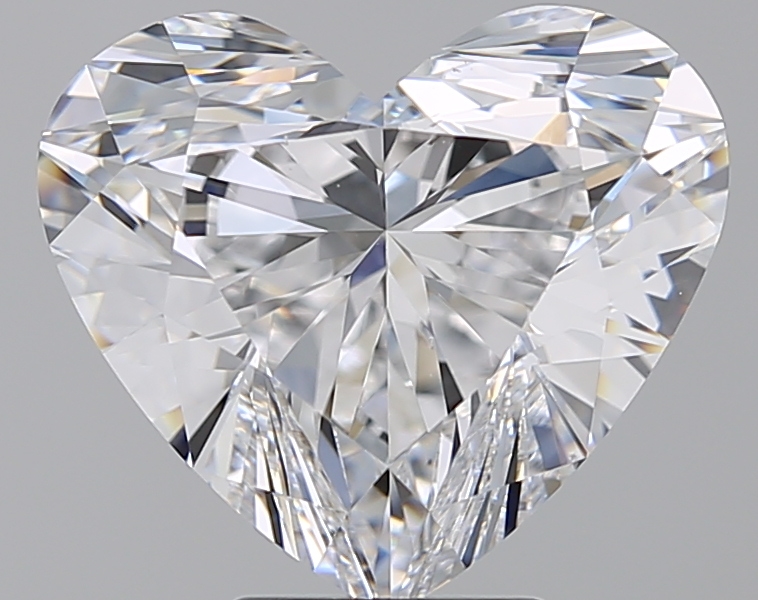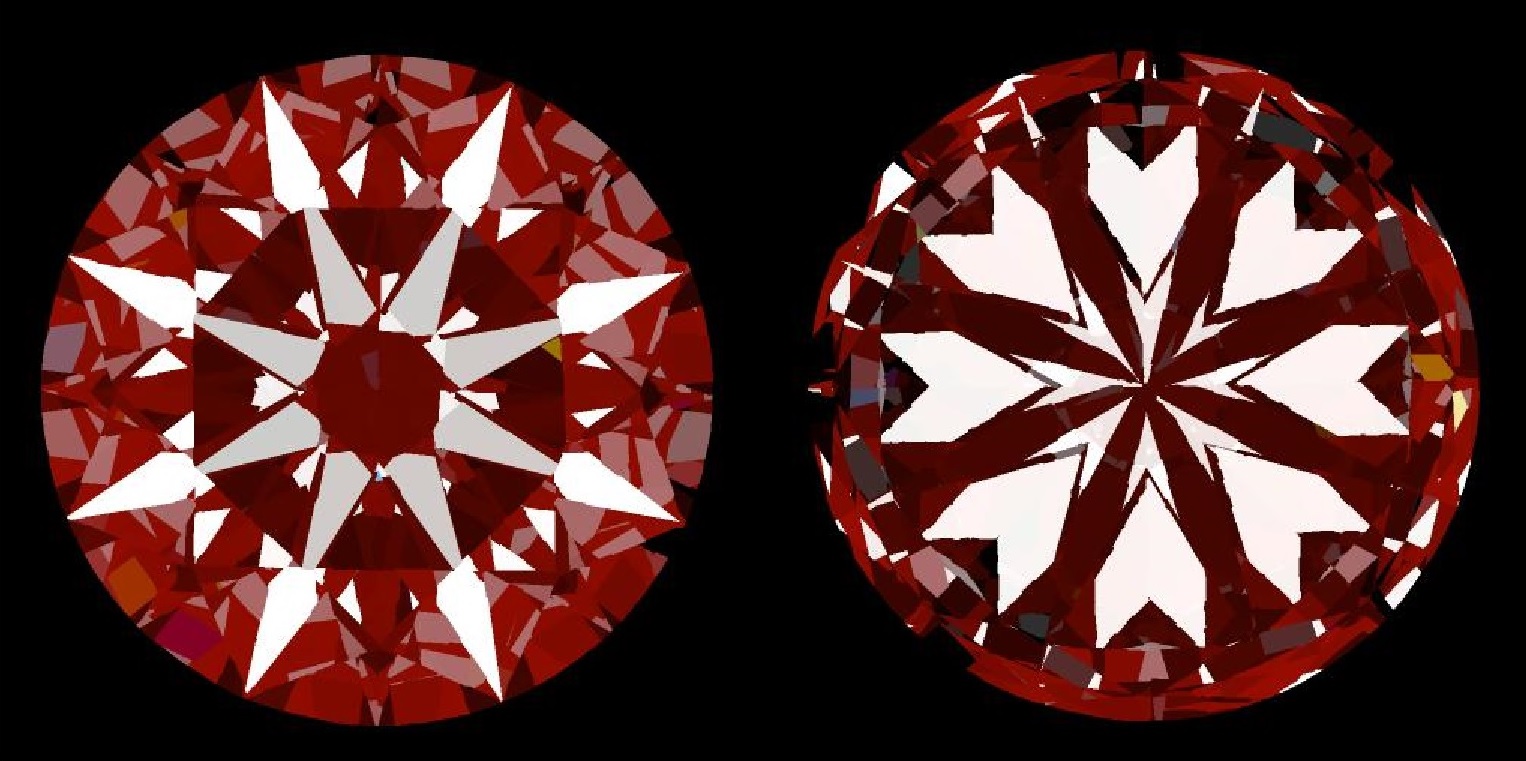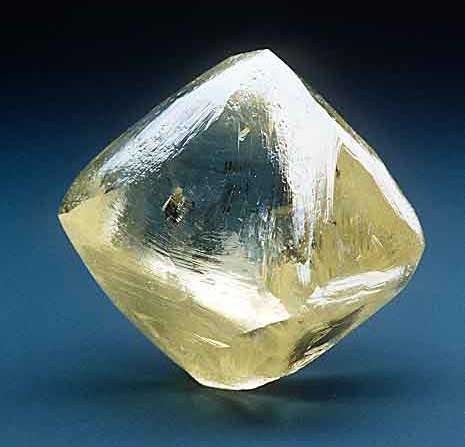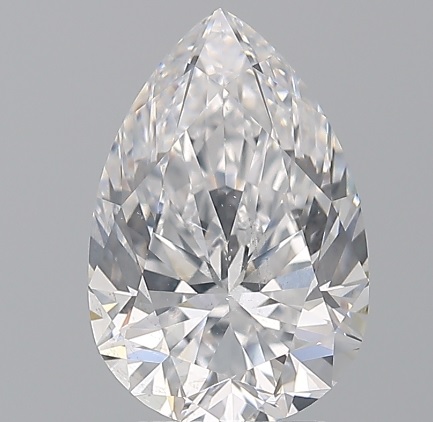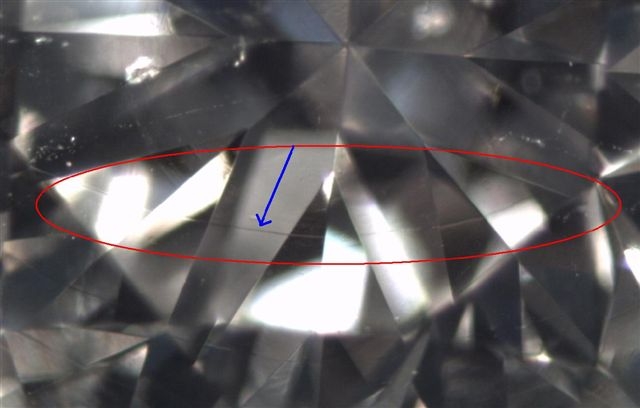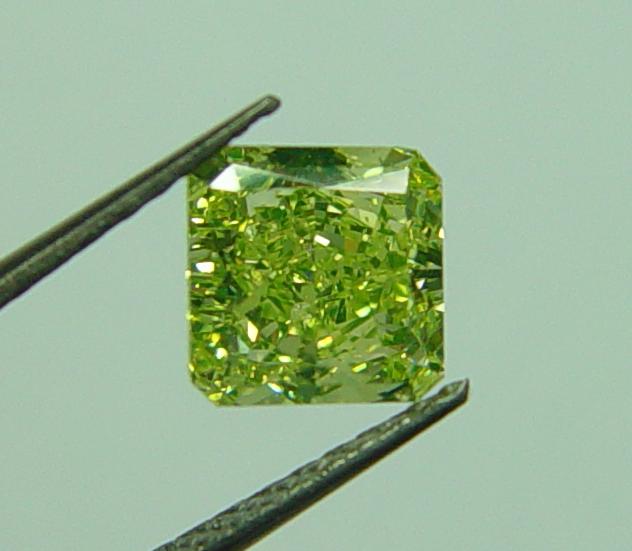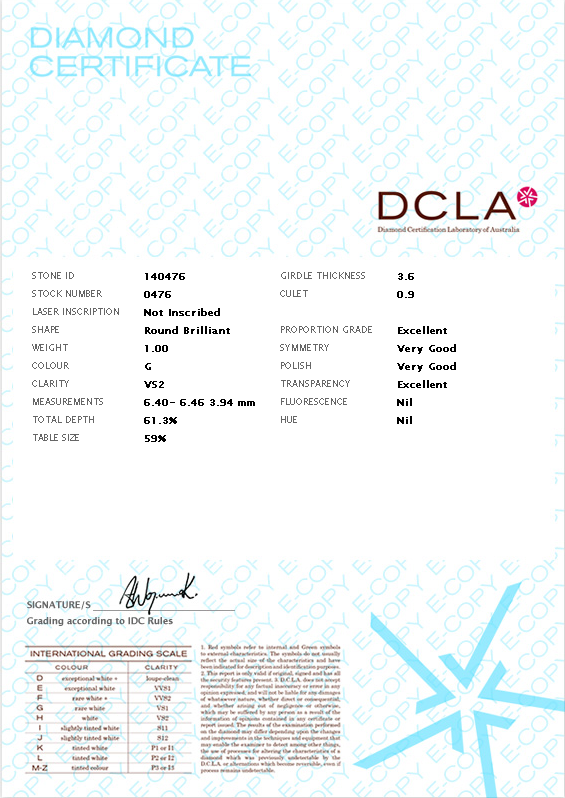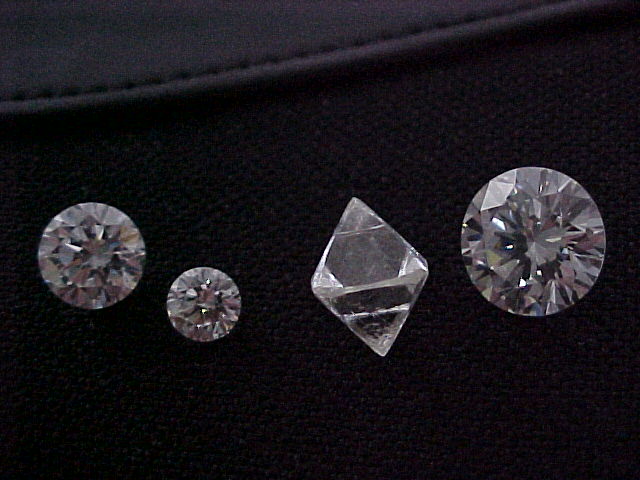Advanced Technology for Diamond Identification and Customisation
Hot laser inscription refers to the process of using a high-powered laser beam to inscribe a number, unique identifier, or custom personal message onto the girdle of a diamond. The girdle is the outermost edge of the diamond, and it provides a subtle location for these inscriptions without interfering with the overall visual appeal of the stone. Hot laser inscription is often used for diamond identification, tracking, and personalisation, offering a way to ensure a diamond’s authenticity and ownership.
How Hot Laser Inscription Works
Hot laser machines use a laser beam that operates at a higher wavelength compared to cold lasers, allowing the beam to penetrate deeper into the diamond’s structure. During the inscription process, the laser creates a mark by vaporising small areas of the surface, leaving a permanent, microscopic engraving.
Key Characteristics of Hot Laser Inscription:
High Wavelength Laser – The hot laser operates at a higher wavelength, which allows it to penetrate the surface of the diamond and engrave more durable markings into the material. This is different from cold laser inscription, which uses lower-energy lasers that do not penetrate as deeply into the diamond.
Engraving Depth – The heat from the laser allows the inscription to go deeper into the diamond than cold laser inscription, potentially affecting the integrity of the stone if done improperly.
Customisation – This process can be used to engrave custom numbers, letters, logos, or even personal messages onto the girdle of the diamond, allowing for a unique and personalised touch.
Risks of Hot Laser Inscription
While hot laser inscription provides a more permanent engraving than cold laser techniques, it also carries certain risks due to the depth of penetration. The intense heat used by the laser can sometimes result in the formation of microscopic cracks, chips, or even fractures in the diamond if not executed with precision and care.
Potential Risks Include:
Damage to the Diamond – The high-powered laser beam can potentially cause thermal damage to the diamond, leading to the formation of internal fractures or chips on the surface, especially if the inscription is too deep or improperly aligned.
Structural Weakness – Engraving can affect the structural integrity of the diamond, particularly if the laser beam is used too aggressively. This is more likely with diamonds that have inherent flaws or inclusions, as the laser can exacerbate weaknesses in the stone.
Visible Damage – If the engraving is not done carefully, it may leave visible damage on the girdle or even affect the diamond’s overall appearance when viewed closely.
Hot Laser Inscription vs. Cold Laser Inscription
While both hot and cold laser inscription methods offer a way to personalise and authenticate a diamond, there are notable differences between the two techniques in terms of technology and potential impact on the diamond.
Hot Laser Inscription:
Penetration Depth – Hot lasers can penetrate deeper into the diamond, allowing for more permanent engravings.
Potential Damage – The higher wavelength and intense heat used in hot laser inscription can sometimes result in structural damage to the diamond, such as chips or fractures.
Uses – Best for marking diamonds with custom messages, serial numbers, or for authentication purposes.
Cold Laser Inscription:
Shallow Penetration – Cold lasers operate at a lower wavelength, which means they leave a surface-level engraving without significantly affecting the diamond’s structure.
Less Risk of Damage – Cold laser inscriptions are less likely to cause damage to the diamond, as they do not penetrate as deeply into the material.
Uses – Ideal for surface engraving for identification, such as serial numbers or small logos, without compromising the diamond’s integrity.
Common Uses of Hot Laser Inscription
Hot laser inscription is commonly employed for several practical and sentimental purposes in the diamond industry, particularly for authentication, tracking, and personalisation.
1. Identification and Authentication:
Unique Serial Numbers – Diamonds often receive a serial number that matches the number on their grading certificate. This allows for easy identification and tracking, helping to prevent fraud and theft.
Verification of Authenticity – The inscription can serve as a verification tool to ensure the diamond is genuine and has not been swapped or substituted for a counterfeit stone. This is especially important for diamonds sold with a graded certificate from a laboratory such as GIA, DCLA, or others.
2. Personalisation and Sentimental Engraving:
Custom Messages – Many people choose to have a personalised message engraved on the diamond’s girdle, such as an anniversary date, initials, or a meaningful quote. This adds a sentimental touch to the diamond, making it even more special.
Gifting and Commemoration – Hot laser inscription is also commonly used to mark significant milestones, such as engagements, weddings, or other special occasions, making the diamond even more unique and memorable.
3. Tracking and Security:
Diamond Inventory – For jewellers or collectors, hot laser inscription is an excellent way to track inventory or ensure that the diamond in question is easily identifiable if needed for security or insurance purposes.
Anti-Theft Measure – Engraving a unique identification number or marking on a diamond can help ensure that stolen diamonds can be traced back to their rightful owner, making them harder to sell or resell.
Benefits of Hot Laser Inscription
Despite the potential risks of penetration and damage, hot laser inscription offers several benefits that make it a popular choice in the diamond industry:
1. Permanent and Visible Identification:
Hot laser inscriptions are permanent and cannot be easily removed, making them an excellent tool for authentication and identification. This is crucial in protecting the diamond from theft or fraud.
2. Customisation:
The ability to engrave personal messages, dates, or other custom marks makes hot laser inscription a unique way to add a personal touch to a diamond, especially in engagement rings or family heirlooms.
3. Increased Security:
The unique markings provided by hot laser inscription serve as an effective deterrent against theft and unauthorised sales, as the engraving acts as a visual signature that is difficult to duplicate or alter.
Considerations Before Using Hot Laser Inscription
While hot laser inscription offers many advantages, it is essential to consider potential risks before proceeding with this engraving method. For diamonds with existing flaws or those of lower quality, hot laser inscription might not be advisable, as it could worsen internal damage. Additionally, it is crucial to ensure that the inscription is done by a skilled and reputable professional to avoid mistakes and damage.
Things to Consider:
Diamond Quality – Hot laser inscription may not be ideal for diamonds with visible inclusions or existing fractures, as it could exacerbate these flaws.
Professional Inscription – Always have hot laser inscription performed by a skilled professional to ensure the laser is used correctly and the diamond is not damaged.
Increased Value for Identification – For high-value diamonds or those with certificates from recognised grading laboratories, the added identification value may outweigh the risks of inscription.
